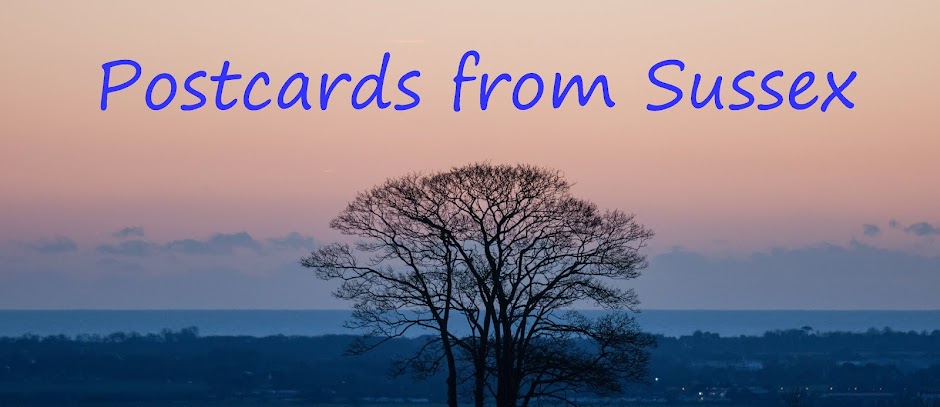 |
| Ringed Plover chick, Charadrius hiaticula |
On
Tuesday I attended a very interesting conference at Brighton Uni: “Understanding the Benefits
of Ecosystem Services”. When I got home I caught the early evening light and
was delighted to find our two Ringed Plovers have survived since I photographed
them as fluffy little chicks on June 2. They can fly as they proved when a dog charged excitedly after a parent which unfortunately banked towards the chicks, dragging the dog with it. The chicks then took off while I told the dog where it could go!
The conference programme is at the end of this blog.
 |
| the parents |
 |
| parent |
 |
| chick |
 |
| chick and parents |
 |
| parents |
 |
| parent and chick |
 |
| parent |
 |
| chick |
I found this in the hallway:
 |
| Dark Arches, Apamea monoglypha |
“Understanding the Benefits of Ecosystem Services”
10.00 Keynote address: Dr
Caroline Lucas MP
Session One: Communities
harnessing Ecosystem Services
10.20: John Little, Grass Roof
Company: ‘Changing social housing greenspace for the people that live there;
Rethinking grounds maintenance’
10.35: Louise Beaton, Action in
Rural Sussex / Aldingbourne parish: ‘Aldingbourne Neighbourhood Plan: A
community led approach to improving biodiversity and tackling flood risk’
10.50: Dr Colin Tingle, Lewes
& Ouse Valley eco-nomics (L&OVe), Chalking up the Benefits South Downs
NIA project officer: ‘Interpreting ecosystem services to engage local people’
Session Two: Ecosystem
Services and resilience
Session Chair: Chris
Corrigan, South East Regional Director, RSPB
11.20: John Gower, Environment
Agency. Coastal Communities 2150 INTERREG project: ‘Using computer
visualisations to engage with communities in the lower river Ouse valley to
prepare for long-term climate change and sea level rises
11.35: Gary Grant, Director of
Green Roof Consultancy and Fellow of Chartered Institute of Ecology and
Environmental Management ‘Water Sensitive Urban Design and Rain Gardens’
11.50: Dr Mary Gearey, Brighton
University: ‘Resilience and transition in response to water stress scenarios:
Responses from water stakeholders at a catchment level’
2.05: Dusty Gedge, President of
the European Federation of Green Roof Associations: ‘Green Roofs within a Green
Infrastructure and Ecosystem Services Agenda’
Session
Three: Policy developments / planning / economics
Session
Chair: Chris Fairbrother, Landscape Strategy Lead, South Downs National Park
Authority
13.30:
Jonathan Porter, Technical Director, Countryscape: ‘Policy developments and
implications’
13.45:
Professor Alister Scott, Environment and Spatial Planning, Birmingham City
University. ‘How the planning system can engage with the ecosystem approach’
14.00: Paul
Morling Head of Economics, RSPB ‘New market based approaches for delivering
Ecosystem Services’
14.15 Dr Ruth
Waters, Head of Profession for the Ecosystem Approach, Natural England: ‘The
ecosystem approach: from concept to reality
Session
Four: Ecosystem services at the catchment scale
Session
Chair: Dr Dawn Scott, Head of Biology and Biomedical Sciences, Brighton
University
14.45: Meyrick
Gough, Policy and Strategy Manager, Southern Water: ‘Ecosystem Services in
water resources planning’
15.00: Dr
Chris Manning, South Downs National Park Authority / Rich Howorth, Biosphere
Project: ‘Actions to improve groundwater quality in the Brighton chalk aquifer
of the South Downs’
15.15: Henri
Brocklebank, Strategy Lead – Sussex Biodiversity Record Centre, Sussex Wildlife
Trust: ‘Mapping ecosystems and services – the Sussex Ecoserv project’
15.30: Dr Tom
Nisbet, Forest Research. 'Slowing the flow at Pickering - Using woodland to
reduce flood risk'





























































